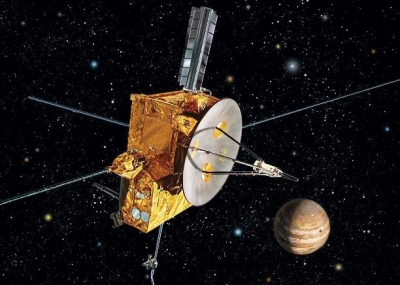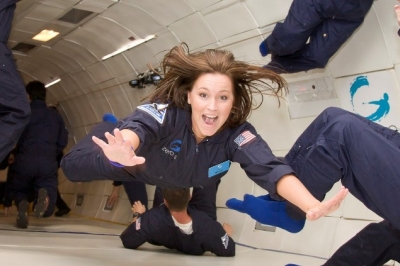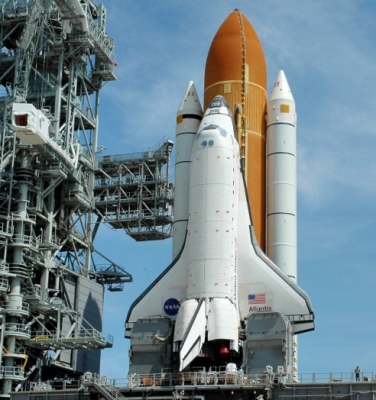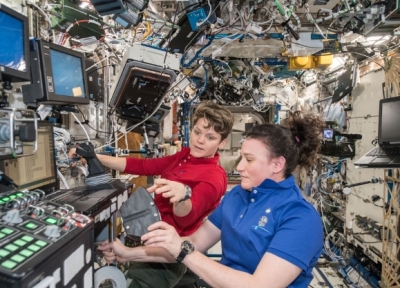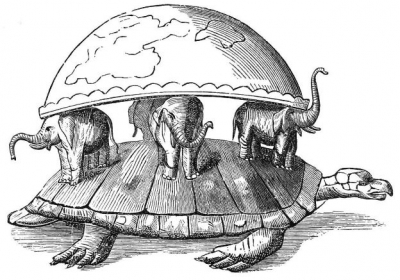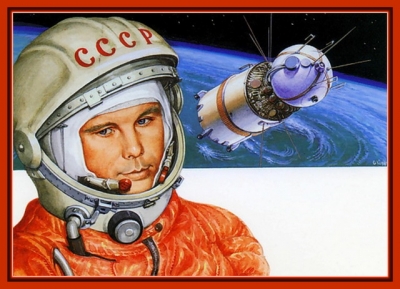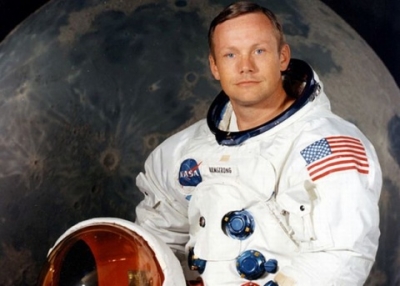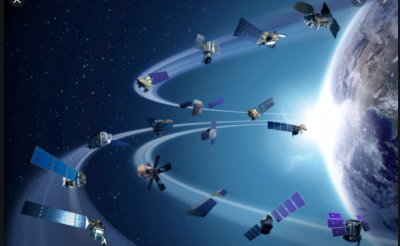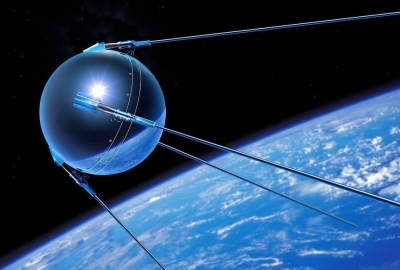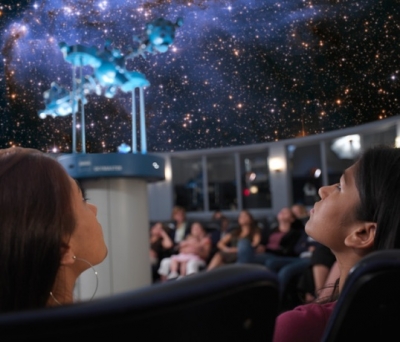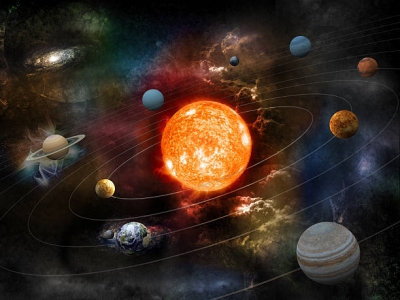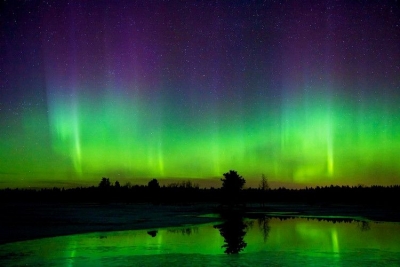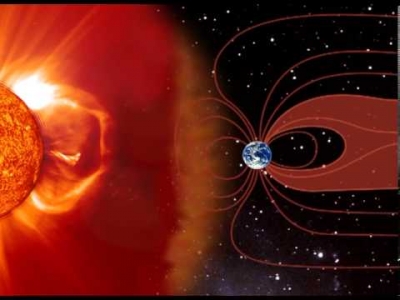Why are distances in space measured in light-years?
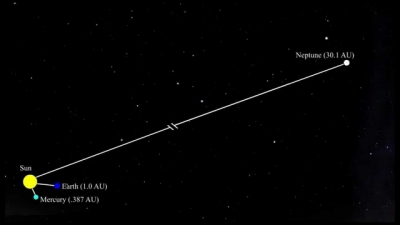
The universe is so enormous it is hard for us to imagine the distance in it. Trying to measure them in kilometres would be almost meaningless as well, because the numbers would be incredibly long with strings of noughts on the end. Instead, distances in the universe are measured in light-years. One light-year is the distance that light travels in a year. Since light travels at 299, 792.5 kilometres per second, in one year it travels an amazing 9,460,528,405,000 kilometres. That’s what a light-year represents.
To get an idea why such measurement is necessary, think about these statistics. It takes 75,000 light-years for light to reach earth from the most distant star in the Milky Way. Light from the most distant star we can see with the naked eye takes even longer. We have to wait 2,200,000 years for light to come from anything as far away in the universe as that.
Closer to home, it takes just under eight and a half minutes for light to reach us from the sun. The moon’s closer still. Light reflected off the moon comes to earth in only one and a quarter seconds.
Yes – the universe is a big place!
Picture Credit : Google
